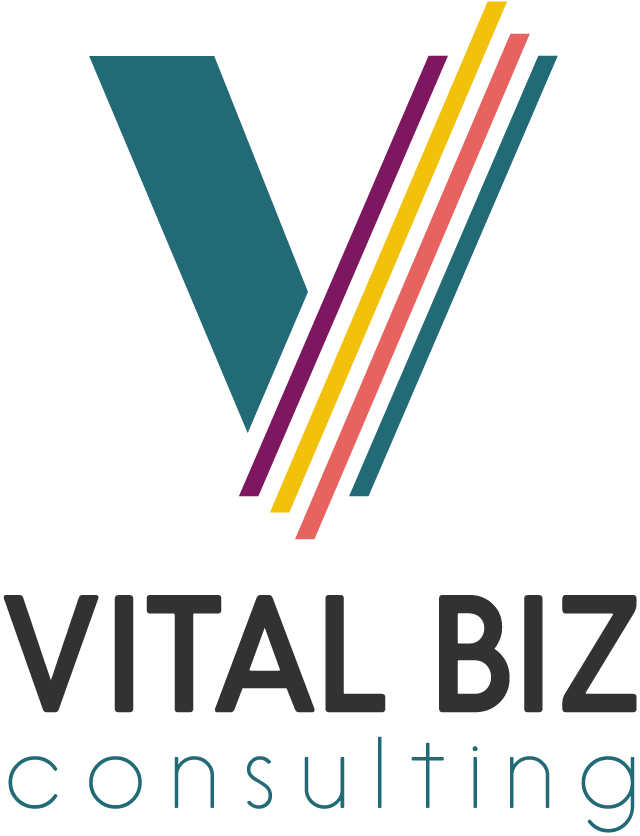What’s Your Work Vibe?
Your vibe creates the culture. It’s our invisible energy and attitude exchanged on a daily basis.
🔬 According to a study by Gallup, companies with high employee engagement have 21% higher productivity and 22% higher profitability.
☕ Have you ever walked into a coffee shop and noticed the staff dynamics behind the counter? Recently, I visited a local coffee shop and noticed something different from most other places. The employees were smiling, joyful, and bantering with each other, clearly having fun at work. When I walked in, they warmly welcomed me and offered help. After making my vanilla latte, the barista handed me a hot, steamy cup, genuinely thanking me for stopping in. This positive experience led me to spend more money, buying extra food to share with my family at home. As I left, I felt valued and appreciated. This coffee shop has quickly become my favorite. I am even willing to drive a little farther and recommend it as a great place for meetings.
🤩 When staff create and experience a healthy environment, they are more likely to feel motivated and committed to their work. This can lead to increased job satisfaction and employee retention. Is your work environment a place where healthy, supportive, and empowering relationships can thrive between employees? Or is it a drag with negative nellies all around, complaining and wasting time on drama?
✨ Employee engagement is the level of commitment and involvement that employees have towards their work and organization. Research finds that engaged employees are more likely to be creative and innovative. They are also more likely to stay with their organization for a longer period. On the other hand, disengaged employees can have a debilitating impact. They may be less productive, less motivated, and less committed to healthy outcomes for the company. Disengaged staff can drain energy from others working to be efficient and effective.
🤜 🤛 Attitudes are contagious. Improving work culture and employee engagement requires a concerted effort from both employers and employees. Employers can start by creating an environment that fosters belonging, engagement, and teamwork. This can be achieved by providing opportunities for professional development, recognizing, and rewarding employee contributions, and encouraging open communication.
💥 While senior leaders have the strongest influence on culture, all employees can take steps to improve their own engagement levels. This can include setting personal goals, seeking out opportunities for growth and development, and actively participating in team meetings and stretch projects.
😳 Here is some sobering news on the cost of disengaged employees in the US:
According to a Gallup poll, disengaged employees cost the US a total of $450-500 billion each year.
63.3% of businesses find it harder to retain than to hire talent, according to Workest.
The average cost of turnover is 33% of the annual salary, according to another study.
👍 Your company culture, or vibe, is the invisible energy and attitudes exchanged on a daily basis. Regardless of whether you are working in person, in a hybrid environment, or remotely, behaviors determine your business outcomes. You may have the most skilled and talented people, but if they become disengaged, your results will suffer. A talented and engaged employee base is a predictor of future success.
💓 My new favorite coffee shop has a happy and collaborative team, but this has led to challenges in parking and long lines. Despite this, I am not surprised that they have plans to expand, grow, and take on Starbucks. With the track they are on, they just may succeed. In the meantime, they are reaping the benefits we all want: increased retention, productivity, employee morale, and profitability.
🥰 The great news is you are only one interaction away from improving your workplace culture.
Today, choose to be a positive force.
Smile, be helpful, and show a genuine interest in your team members beyond their expected productivity.
Doing this will expand the potential for innovation and financial growth.

